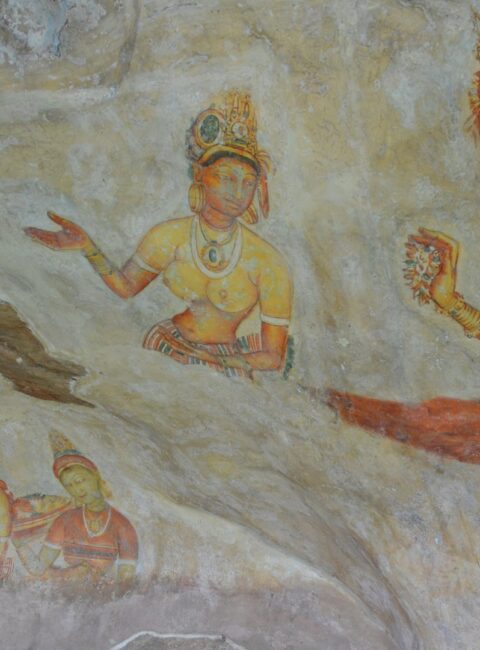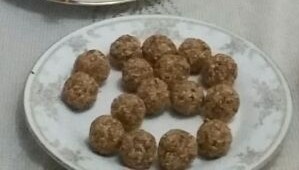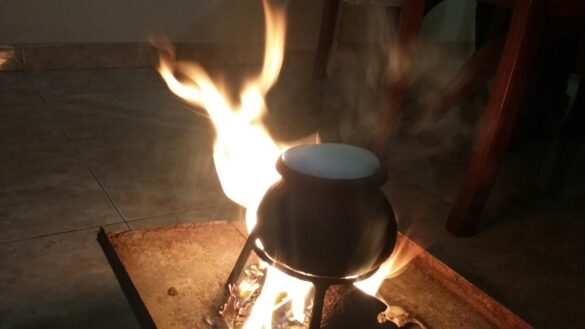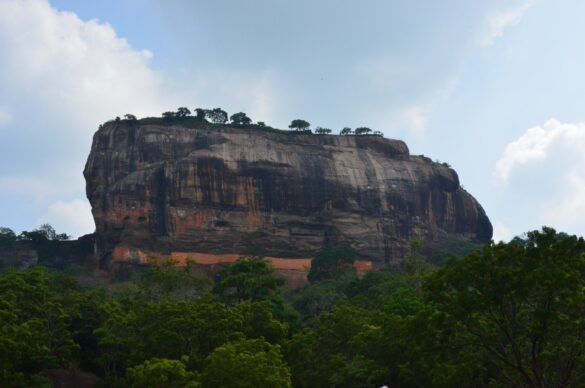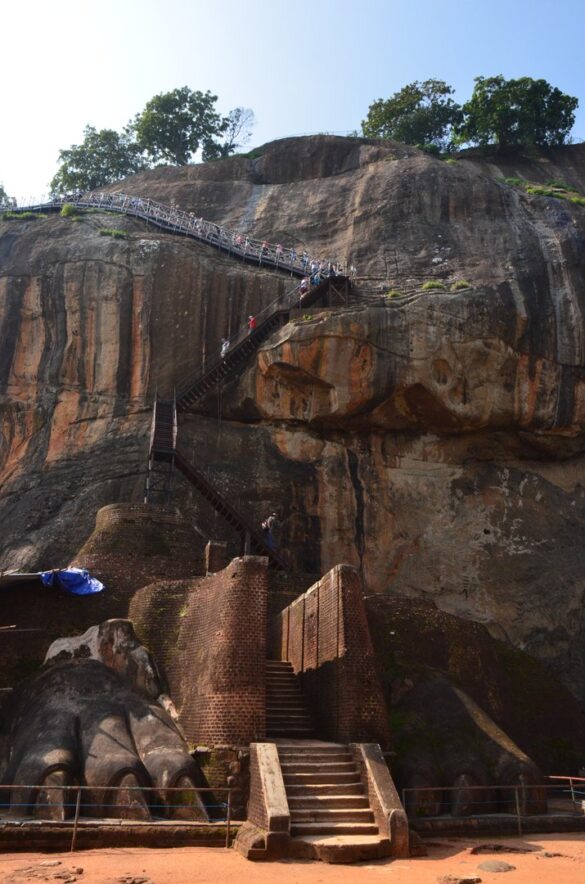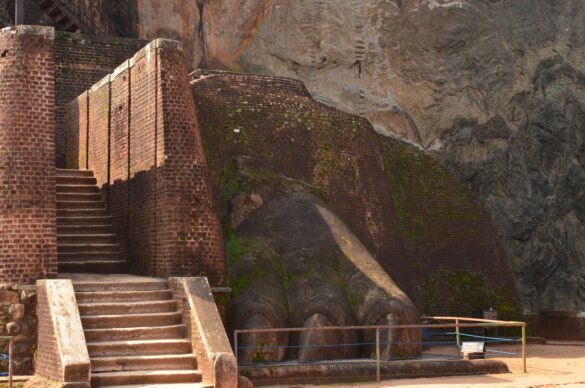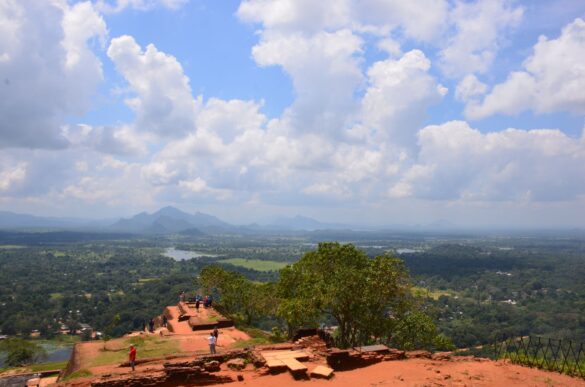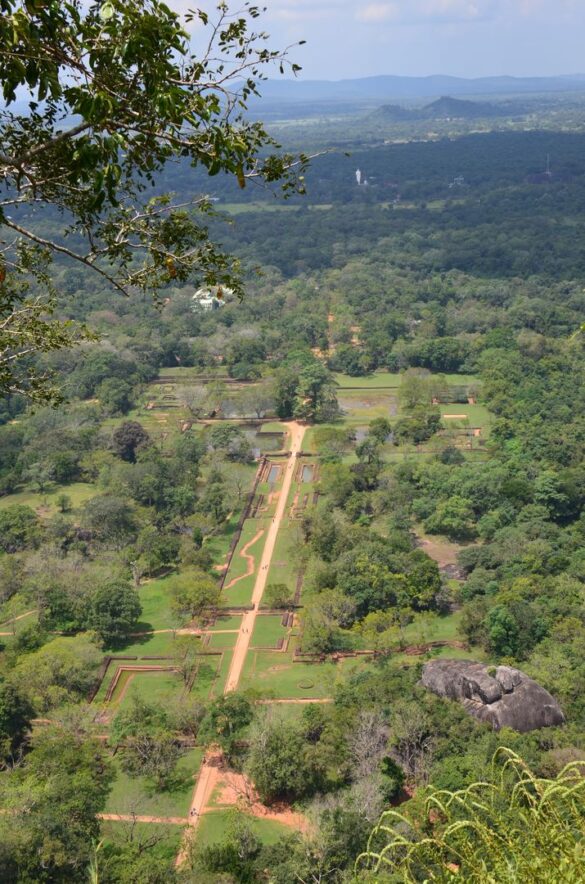Sinhalese New Year
Sinhalese New Year, generally known as Aluth Avurudda, is a Sri Lankan holiday that celebrates the traditional Lunar New Year of the Sinhalese people in Sri Lanka.
It is a major anniversary celebrated by not only the Sinhalese people but by most Sri Lankans. It is generally celebrated on 13 April or 14 April and traditionally begins at the sighting of the new moon.According to Sinhalese astrology, New Year begins when the sun moves from Meena Rashiya (the house of Pisces) to Mesha Rashiya (the house of Aries). It also marks the end of the harvest and spring.
In month of Bak which represents prosperity in the Sinhalese calendar (or in the month of April according to the Gregorian calendar), is when the sun moves (in an astrological sense) from the Meena Rashiya (House of Pisces) to the Mesha Rashiya (House of Aries) in the celestial sphere; Sri Lankan people of Sri Lanka begin celebrating Sinhala New Year or Aluth Avurudu (in Sinhala). It marks the end of the harvest season and also coincides with one of two instances when the sun is directly above Sri Lanka.
However, unlike the celebration of the new Gregorian calendar year at midnight on December 31, the Sinhalese traditional New Year begins at a time determined by astrological calculations. Also unlike 31st night celebrations, where old year ends at midnight and new year begins immediately afterwards; the ending of the old year, and the beginning of the new year occur several hours apart from one another (this span of time is usually 12 hours and 48 minutes, which starts when the sun, as a disk, starts to cross the astrological boundary between ‘House of Pisces’ and ‘House of Aries’ and ends when the crossing is complete. The halfway point is considered as the dawn of the new year). This period is, referred to as the Nonagathe (or the ‘neutral period’ or ‘Auspicious Time’ ). During this time Sri Lankans are, according to tradition, encouraged to refrain from material pursuits, and engage solely in either religious activities or traditional games.
Cultural rituals begin shortly after the beginning of the Sinhalese New Year with the cleaning of the house and lighting of an oil lamp. In some communities, women congregate to play upon the Raban (type of a drum) to announce the incipient change in the year. All the families as one carries out variety of rituals in exact timings of which are determined by astrological calculations – from lighting the fire to making the Kiribath (milk rice) to entering into the first business transaction and eating the first morsels. The rituals vary slightly based on the locale. However the core of the celebrations remains the same.
Once the important rituals are done, the partying begins as families mingle in the streets, homes are thrown open and children are let out to play. The ubiquitous plantain is dished out alongside celebratory feasts of Kavum (small oil cake) and Kokis (crisp and light sweetmeat, originally from the Netherlands). However, the extent of outdoor activities depends largely on the neighborhood. The suburban communities tend to have such social gatherings than urban or city dwellers. The blossoming of the flowers of the Yak Erabadu is associated with the advent of the Sinhalese New Year.
John Still in 1907 suggested, “The whole face of the hill appears to have been a gigantic picture gallery… the largest picture in the world perhaps”.
The paintings would have covered most of the western face of the rock, covering an area 140 metres long and 40 metres high. There are references in the graffiti to 500 ladies in these paintings. However, many more are lost forever, having been wiped out when the Palace once more became a monastery − so that they would not disturb meditation.
Some more frescoes, different from the popular collection, can be seen elsewhere on the rock surface, for example on the surface of the location called the “Cobra Hood Cave”.
Although the frescoes are classified as in the Anuradhapura period, the painting style is considered unique;[citation needed] the line and style of application of the paintings differing from Anuradhapura paintings. The lines are painted in a form which enhances the sense of volume of the figures. The paint has been applied in sweeping strokes, using more pressure on one side, giving the effect of a deeper colour tone towards the edge. Other paintings of the Anuradhapura period contain similar approaches to painting, but do not have the sketchy lines of the Sigiriya style, having a distinct artists´ boundary line. The true identity of the ladies in these paintings still have not been confirmed. There are various ideas about their identity. Some believe that they are the wives of the king while some think that they are women taking part in religious observances. These pictures have a close resemblance to some of the paintings seen in the Ajanta caves in India.
The frescoes, depicting beautiful female figures in graceful contour or colour, point to the direction of the Kandy temple, sacred to the Sinhalese.
